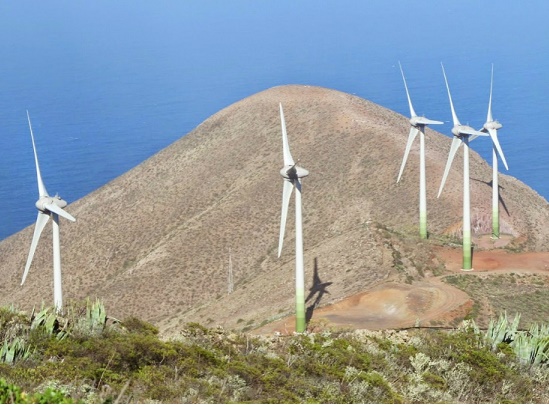The integration of environmental protection into business strategies is a key factor in Enel’s business plan. Enel brings its commitment and business model to the 2016 World Conservation Congress.
Protecting the environment and biodiversity and combating climate change are key to preserving the future of our planet. Over 9,000 representatives from governments, organisations and experts from over 190 countries around the world are expected to meet in Honolulu, Hawaii, from the first to the 10th of September for the World Conservation Congress in 2016.
The event is promoted by the International Union for Conservation of Nature (IUCN) and held every four years to examine the state of conservation of the Earth’s natural heritage.Planet at the crossroads, the theme of the 2016 edition of the conference, opened with a message that leaves no doubts about the urgent need to take action: “The ecosystems that underpin our economies, well-being and survival are collapsing. Species are becoming extinct at unprecedented rates. Our climate is in crisis. And it’s all happening without our taking any sufficient action”.
US President Barack Obama, who returned to the United States on September 2nd to announce the creation of the largest marine sanctuary in the world (by expanding thePapahanaumokuakea Marine National Monument founded by George W. Bush in 2006) and to highlight the country’s commitment to fight climate change, stated: “No nation, not even one as powerful as the United States, is immune to a changing climate,” after explaining that climate change and biodiversity conservation are inextricably linked.
The president of the United States then discussed the policies undertaken by his administration to reduce greenhouse gas emissions and promote the use of energy from renewable sources, stressing that, “there is no conflict between a healthy economy and a healthy planet.”
To reverse the trend, it is therefore crucial to integrate sustainability into business practices, as highlighted during the event by Peter Bakker, President and CEO of the World Business Council for Sustainable Development (WBCSD).
Enel has embraced this approach in its 2016-2019 Business Plan, as stated during the Congress by Luca Meini, the Group’s Head of Environmental Policies, who spoke during three different panels.
“Through its participation in the IUCN World Congress – explained Meini – Enel has demonstrated its commitment to the preservation of biodiversity. We are currently following some 160 projects for the conservation of plant and animal species in 14 different countries.”
Among these initiatives, in particular, is the experience that we have brought to the islands, featuring an environment that is similar to that of Hawaii, which is aiming for a fully renewable energy system by 2045.
During the course of the session “Windows to the Future: Islands as Innovators for a Renewable Energy Transition,” Meini described the El Hierro project, the smallest of Spain’s Canary islands, where 100% of the electricity produced comes from renewable sources.
The island of El Hierro boasts an incredible biodiversity and was declared a Biosphere Reserve by UNESCO in 2000. We launched an innovative project in this delicate ecosystem, through a joint venture led by the subsidiary Endesa, featuring the integration of a wind farm and a hydropower pumping plant. The result is a fully renewable power system that uses a pumping station to store excess energy produced during strong winds, which is in turn used when wind power production is insufficient.
“El Hierro – Meini stated – is a concrete example of how the development of renewable energy and biodiversity conservation can become shared goals. We also developed innovative projects with custom solutions in similar contexts in the Mediterranean, such as Stromboli and Ventotene.”
Enel has also participated in two sessions of the World Conservation Congress: one devoted to “measuring the protection of biodiversity” through the use of specific indicators (theme on which Enel leads the WBCSD working group), and one dedicated to the link between energy efficiency, renewable energy and environmental conservation, to which we brought our experience in the management of biodiversity projects in large renewable plants, such as the wind power project in Dominica, Mexico.
The Honolulu event offered an important opportunity to discuss key issues with environmental associations at the world’s leading event on biodiversity and to continue the open debate on the possibility of integrating all aspects of sustainability into business strategies.

